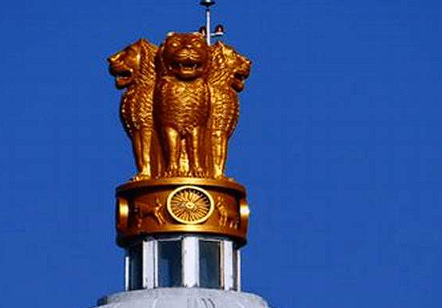President’s Rule in India
The resignation of N Biren Singh as Chief Minister of Manipur has reignited discussions around President’s Rule in India. The Bharatiya Janata Party (BJP) is exploring alternatives to avoid central governance. President’s Rule, invoked under Article 356 of the Constitution of India, allows the central government to assume control of a state when it cannot function according to constitutional provisions. This article outlines the process, historical context, and implications of President’s Rule in India.
Process of Imposing President’s Rule
- President’s Rule is initiated when the President receives a report from the Governor.
- The President must be satisfied that the state government cannot operate under the Constitution.
- A proclamation is then issued, which can last for two months. This proclamation requires approval from both the Lok Sabha and Rajya Sabha to continue beyond this period.
- If approved, it can be extended for six months, with further extensions possible under specific conditions.
Historical Context of President’s Rule
- Since the Constitution’s adoption in 1950, President’s Rule has been imposed 134 times across 29 states and Union Territories (UTs).
- Manipur and Uttar Pradesh have experienced this measure most frequently, each ten times.
- However, Jammu and Kashmir holds the record for the longest duration under President’s Rule, exceeding 12 years. This situation often arises from militant activity and unstable law and order.
Recent Instances of President’s Rule
- The most recent application of President’s Rule occurred in Puducherry in 2021 when the Congress government lost a vote of confidence.
- Puducherry has spent over seven years under central control, primarily due to government instability caused by infighting and defections.
- These instances highlight the challenges faced by state governments in maintaining legislative support.
Supreme Court’s Role and Guidelines
- The Supreme Court of India addressed the power of imposing President’s Rule in the landmark case of S R Bommai v Union of India (1994).
- The court ruled that the President’s decision is subject to judicial review.
- It can assess whether the proclamation was based on relevant material or if it involved illegality or abuse of power.
- The court established guidelines to safeguard state autonomy and ensure that only the state legislature is suspended while other state functions continue.
Impact on Centre-State Relations
The Supreme Court’s ruling has resulted in a decline in the frequency of President’s Rule impositions. The judgement reinforced the idea that states are not mere extensions of the central government. It emphasised the need to respect the powers reserved for states, promoting a more balanced federal structure. This shift aims to prevent arbitrary use of central authority over state governance.
Month: Current Affairs - February, 2025
Category: Legal & Constitution Current Affairs








